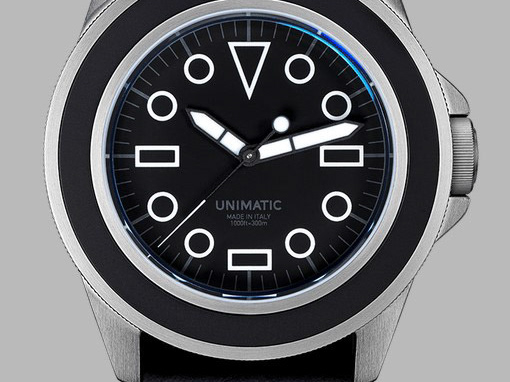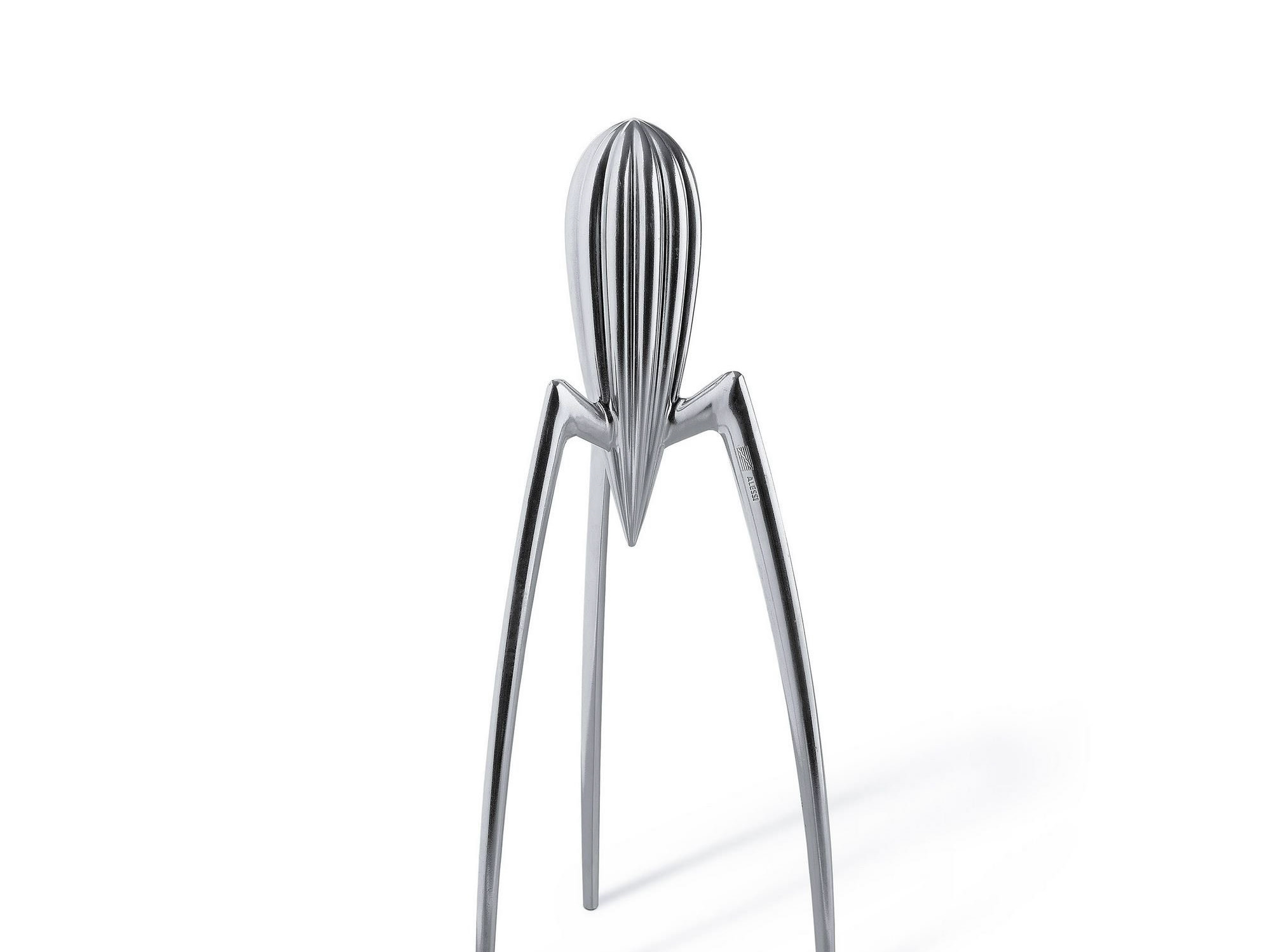Does a watch need to tell time well? At all?
This question covers some concepts previous explored in my post 'Form and Function', which I recommend reading for more context.
Facts
I started thinking about this when I encountered these watches by Beat Haldimann. The first is called the H8 - Flying Sculpture, and the second is called the H9 - Reduction. And boy are they ruffling feathers.


The idea, as expressed on Haldimann's website, is essentially the question: 'Is the knowledge of the passage of time enough to be a watch?' With the H8 that knowledge is communicated via the balance wheel essentially indicating the seconds, but without minute or hour hand. With the H9 this is expanded to have a fully opaque dial, so the knowledge is literally only that, knowledge. There is no 'proof' to confirm the act of time measurement.
Feelings
I. Love. These.
There, I've said it. I frankly don't understand the literal disgust and revulsion that people are feeling towards these, considering that every single other watch manufacturer are making watches that tell the time in perfectly expected and predictable ways. What harm is done by these existing? There is no deception happening. The quality of the watchmaking is second-to-none.
The presence of the fine artistic question does not cost the user anything financially. More still, when looking at the website, these are deliberately separated from the watches with hands under a heading labelled 'sculptures', fully aware that these are different, blurring the line between applied arts and fine arts in a way that few products have done before.
These watches are some of the few made that are asking genuine questions about the nature of our desire to measure time. This is a topic which is, surprisingly, rarely asked in the watch world.
It should be noted that the idea of the mechanical watch as an essential tool for the measurement of time essentially went out the window when the quartz watch came to mainstream status in the 70s and 80s, improving accuracy 100 fold while reducing prices to pennies. Since then, arguments in support of mechanical watches have had to move beyond utility. So why not take that utility and reduce as much as possible to create an object entirely supported by the IDEA of time and it's measurement?
Of course these are expensive, they're completely hand made, not a CNC machine in sight, and the movement itself features one of the most complex and intricate mechanisms in watchmaking, the tourbillon. That's why these cost the same as the versions with hands. The change is ideological, not mechanical. The appreciation of these, to my mind at least, requires the same thought process as appreciating Marcel Duchamp's 'Fountain', a similarly controversial piece that pushed boundaries about semantics, in this case about fine art as a whole.
Take Away
These serve as a wonderful reminder that there are no rules, only expectations.
Of course not every product needs to so overtly question its existence, but being aware that everything can be questioned, and that the taxonomy that we are so used to using to categorise products is not fixed, encourages the form exploration that is so necessary.









